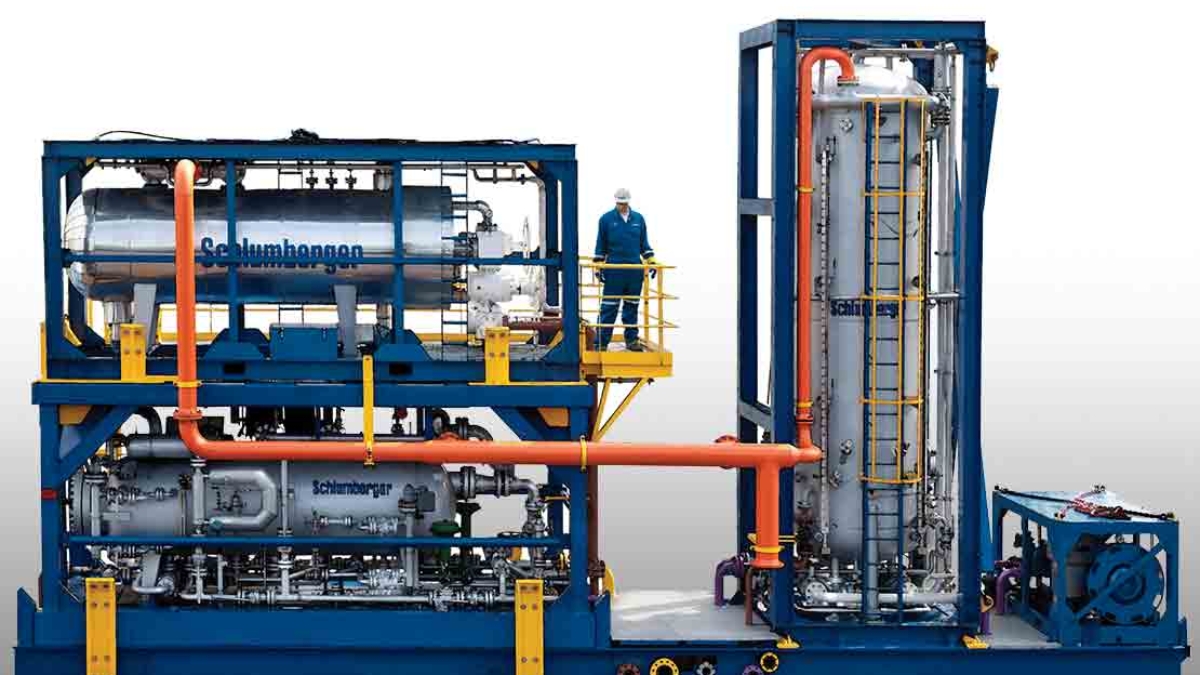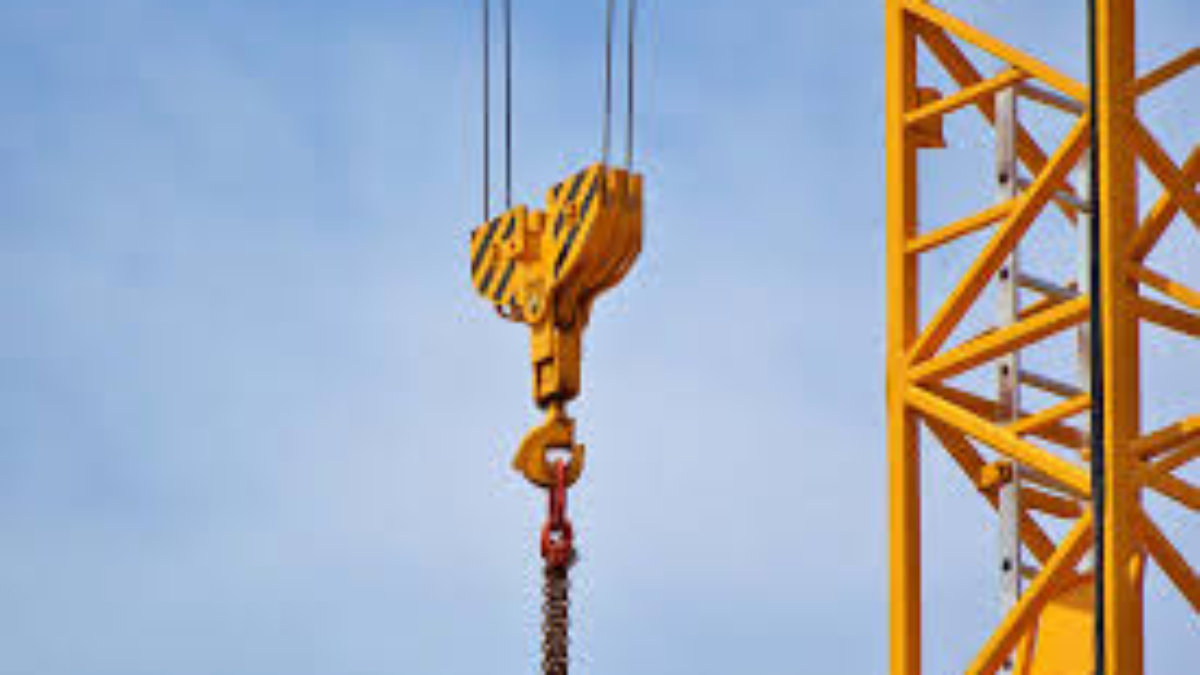Unconventional Drilling Equipment: Unlocking New Oil Frontiers
As the demand for oil and gas continues to grow, the oil industry has increasingly turned to unconventional reservoirs, such as shale and tight formations, to meet production targets. These reservoirs require specialized drilling equipment and techniques to access hydrocarbons that were previously too difficult or uneconomical to extract. This has given rise to a revolution in drilling technology, with innovative tools and equipment designed specifically for the challenges posed by unconventional drilling.
In this section, we explore the unconventional drilling equipment that has reshaped the oil industry, along with the top manufacturers and tools that make it possible.
1. Horizontal Drilling Rigs: Maximizing Reservoir Contact
Horizontal drilling rigs are designed to drill at an angle, allowing the wellbore to extend horizontally within the reservoir. This technique is particularly useful in unconventional formations where traditional vertical drilling would only expose a small section of the reservoir. By creating horizontal wellbores, operators can maximize the contact area with the hydrocarbon-rich formation, improving production efficiency.
- Function: Horizontal drilling allows for the extraction of oil and gas from long sections of the reservoir, increasing the amount of recoverable hydrocarbons from tight formations.
- Top Brands: Schlumberger, National Oilwell Varco (NOV), and Baker Hughes are leaders in horizontal drilling technology.
- Example equipment: Schlumberger Horizontal Drilling Rig (Model: SDR-5000).
Link: Schlumberger Horizontal Drilling Solutions
2. Hydraulic Fracturing Equipment: Unlocking Tight Formations
Hydraulic fracturing (or fracking) is a vital technology used to extract hydrocarbons from tight formations such as shale. The process involves injecting high-pressure fluids, often mixed with proppants, into the wellbore to create fractures in the rock formation. These fractures allow oil and gas to flow more freely, significantly increasing production from unconventional reservoirs.
- Key Components:
- High-Pressure Pumps: These pumps deliver fracturing fluids at high pressures to create fractures in the rock.
- Proppant Delivery Systems: These systems transport materials like sand, ceramic beads, or other proppants that keep the fractures open.
- Monitoring Tools: Real-time monitoring systems are used to track the success of the fracking operation and optimize the process.
- Top Brands: Halliburton, Schlumberger, and Weatherford provide industry-standard hydraulic fracturing equipment.
- Example equipment: Halliburton Frac Pump (Model: HT-400).
Link: Halliburton Hydraulic Fracturing Solutions
3. Directional Drilling Tools: Navigating Complex Reservoirs
In unconventional drilling, directional drilling tools are essential for guiding the drill bit to its target, especially in complex reservoir structures. These tools include downhole motors, steerable systems, and Measurement While Drilling (MWD) systems, which provide real-time data on the well’s trajectory and subsurface conditions.
- Downhole Motors: These motors help steer the drill bit to navigate around obstacles and reach target zones.
- MWD Systems: MWD systems provide real-time data on wellbore inclination, azimuth, and other downhole conditions, enabling precise directional control.
- Top Brands: Baker Hughes, Schlumberger, and Weatherford lead the industry in directional drilling tools.
- Example equipment: Baker Hughes Navi-Drill Ultra™ Rotary Steerable System (Model: NDR-500).
Link: Baker Hughes Directional Drilling Services
4. Multistage Fracturing Systems: Maximizing Recovery in Stages
Multistage fracturing systems allow operators to perform multiple fracturing stages within a single wellbore, maximizing production from unconventional reservoirs. This technology ensures that fractures are created at various points along the horizontal wellbore, allowing for optimized hydrocarbon recovery.
- Function: These systems are designed to isolate different sections of the wellbore, treating each section with targeted fracturing operations.
- Top Brands: Schlumberger and Weatherford are prominent providers of multistage fracturing systems.
- Example equipment: Schlumberger Stinger® Fracturing Tool (Model: SFT-3000).
Link: Schlumberger Multistage Fracturing Services
5. Coiled Tubing and Drilling Fluids: Enhancing Wellbore Stability
Coiled tubing and drilling fluids are critical for unconventional drilling, particularly in wells that encounter high pressures and extreme temperatures. Coiled tubing offers flexibility and durability, allowing operators to carry out interventions and drilling operations in challenging well environments. Drilling fluids are engineered to control well pressure, stabilize the wellbore, and prevent corrosion in these high-stress environments.
- Coiled Tubing: Provides the flexibility needed to navigate complex well geometries while performing interventions such as acidizing, cleanouts, and fracking.
- Specialized Drilling Fluids: These fluids are designed to withstand high-pressure and high-temperature (HPHT) conditions, ensuring wellbore stability.
- Top Brands: Weatherford, Halliburton, and Schlumberger manufacture advanced coiled tubing units and drilling fluids.
- Example equipment: Weatherford Coiled Tubing Unit (Model: CTU-5500).
- Example equipment: Halliburton VersaFlex™ HT Drilling Fluid (Part Number: VFHT-5000).
Link: Halliburton Drilling Fluids
6. Seismic Imaging and Reservoir Modeling Software: Understanding the Subsurface
The success of unconventional drilling relies heavily on an in-depth understanding of the subsurface geology. Seismic imaging and reservoir modeling software are used to analyze the geology of unconventional reservoirs, providing critical data that helps optimize well placement and production strategies.
- Seismic Imaging: 3D seismic imaging provides detailed maps of the subsurface, helping operators identify the best drilling locations.
- Reservoir Modeling: This software uses geological and production data to simulate reservoir behavior and forecast production.
- Top Brands: Schlumberger and Halliburton offer advanced seismic and reservoir modeling software.
- Example software: Schlumberger Petrel E&P Software (Model: Petrel-2022).
Link: Schlumberger Seismic Imaging and Modeling Software
Conclusion: Unconventional Drilling Equipment—The Future of Oil Production
The oil and gas industry has entered a new era, where unconventional reservoirs like shale and tight formations have become critical sources of energy. Unconventional drilling equipment, such as horizontal drilling rigs, hydraulic fracturing systems, directional drilling tools, and multistage fracturing systems, have enabled the industry to tap into these previously inaccessible resources.
By leveraging cutting-edge technology from leading manufacturers like Schlumberger, Halliburton, Weatherford, and Baker Hughes, operators can maximize production efficiency, improve well performance, and safely extract hydrocarbons from unconventional reservoirs.










